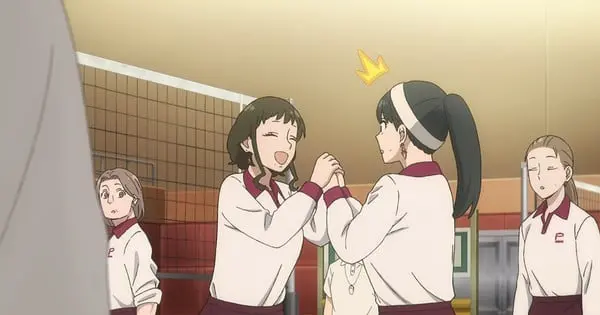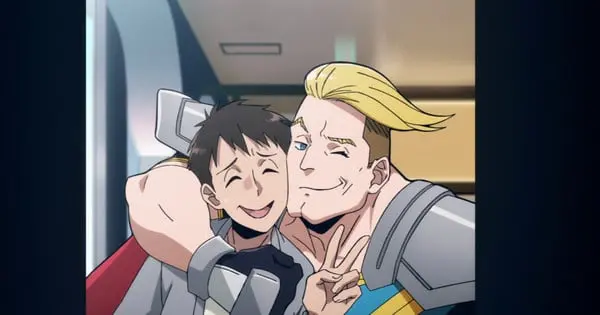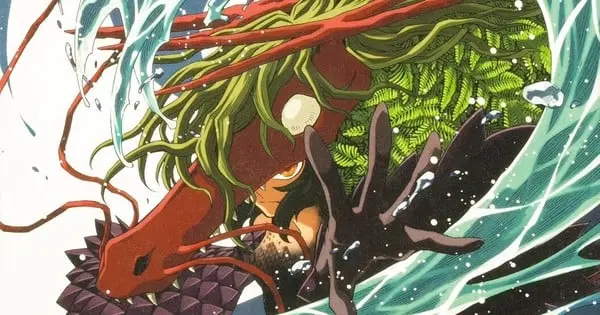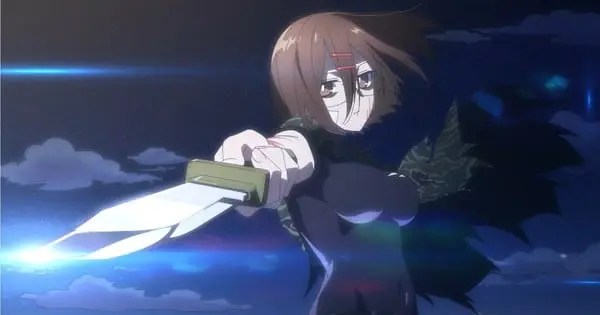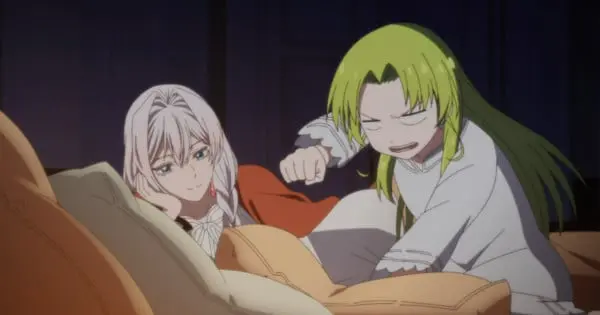The concept of a ninja and an assassin sharing a living space, as uniquely portrayed in “A Ninja and an Assassin Under One Roof,” offers a rich tapestry for episodic storytelling. As a season draws to a close, the finale of such a series carries the immense responsibility of satisfying viewer expectations, resolving pressing conflicts, and deftly laying the groundwork for future narratives. It is a tightrope walk between providing earned closure and igniting anticipation for what lies ahead.
The Dual Imperative: Resolution and Revelation
A compelling season finale must strike a delicate balance: it needs to tie up major storylines introduced throughout the season, providing a sense of narrative cohesion and satisfaction. However, it also serves as a crucial bridge to the next installment, often introducing new plot threads or character arcs to generate interest and set up future conflicts. For “Ninja and an Assassin Under One Roof,” this means addressing the immediate dangers facing Satoko and Konoha while perhaps hinting at a larger conspiracy or a more formidable adversary.
Tying Up Loose Ends: Operational Successes and Failures
The core premise of the series involves Satoko, the ninja, cleaning up the messes left by Konoha, the assassin, and Konoha protecting Satoko from other ninjas. A finale would likely see a culmination of their operational challenges. Perhaps a particularly high-stakes assassination target requires unprecedented coordination, forcing them to push their unique partnership to its limits. Or, a direct confrontation with a persistent threat from Satoko’s past — rogue ninjas seeking her as a deserter, or perhaps even an encounter with her former leader, Kuro, or other powerful adversaries like Arisa Kusagakure — could be the central conflict. The resolution of such a conflict, whether through a decisive victory, a narrow escape, or a strategic retreat, would provide critical closure for the season’s primary action arc.
Character Evolution: The Unspoken Bond’s Test
Beyond the action, the heart of “Ninja and an Assassin Under One Roof” lies in the evolving relationship between Satoko and Konoha, forced into cohabitation by unusual circumstances. The “cohabitation trope” in storytelling frequently explores how unwilling individuals grow closer through forced proximity, often leading to deep understanding, friendship, or even romance. A season finale would be the crucible for this relationship.
From Necessity to Unbreakable Alliance
Early in their arrangement, their cohabitation is a matter of practical necessity. Over a season, viewers would witness their initial awkwardness melt away, replaced by familiarity and comfort. The finale offers an opportunity to solidify this bond. Will a moment of extreme peril force one to make a profound sacrifice for the other? Will unspoken feelings be acknowledged, or will their unique dynamic deepen into something more akin to family, rather than strictly professional partners? The development of their personal relationship, perhaps culminating in a shared decision about their future together or a poignant moment of mutual reliance, is vital for satisfying character arcs. This might also involve other characters who have joined their household, like the mad scientist and rival assassin, Roboko, and Minato, further integrating them into their unconventional family unit.
Unveiling Secrets and Raising Stakes
Many successful finales include shocking revelations or unexpected plot twists that resonate with the established narrative. Given the shadowy worlds of ninjas and assassins, there are ample opportunities for such disclosures. A season finale could reveal:
- A hidden past: A secret from Satoko’s ninja village that explains more about her desertion or Kuro’s true motivations.
- Konoha’s origins: The true reasons behind Konoha becoming an assassin or her connection to a larger organization.
- A deeper conspiracy: The realization that the threats they’ve been facing are part of a much larger, interconnected scheme, perhaps involving powerful figures or rival organizations. This could elevate the stakes beyond individual contracts or personal vendettas.
These revelations should not come out of nowhere; they should feel earned and consistent with the characters and world that has been built.
The Art of the Cliffhanger: Sustaining Anticipation
While closure is important, many season finales opt for a “cliffhanger ending” to leave major plot points unresolved, creating suspense and anticipation for the next season. This strategy can be risky if not executed well, but it is highly effective in keeping audiences engaged during a hiatus.
For “Ninja and an Assassin Under One Roof,” a compelling cliffhanger could involve:
- A new, formidable antagonist: Introducing a villain whose power or reach far exceeds anything they’ve encountered before, leaving the protagonists in a seemingly insurmountable situation.
- A personal revelation that complicates everything: Perhaps a revelation about Satoko or Konoha’s past that forces them to re-evaluate their entire relationship or mission.
- A dramatic status quo shift: Their secret home might be compromised, forcing them to flee, or a new, unexpected ally or enemy emerges in a critical moment, dramatically changing their circumstances.
The goal is to end on a note that compels viewers to wonder, “What happens next?”
The Lasting Impression
Ultimately, the season finale of “Ninja and an Assassin Under One Roof” would aim to provide both a satisfying conclusion to the immediate narrative and a tantalizing glimpse into the broader world and continuing journey of its unique protagonists. By carefully balancing plot resolution with compelling character development, and by delivering impactful revelations alongside strategic cliffhangers, the finale would ensure that viewers remain deeply invested in the clandestine lives and unexpected bond of the ninja and the assassin.

